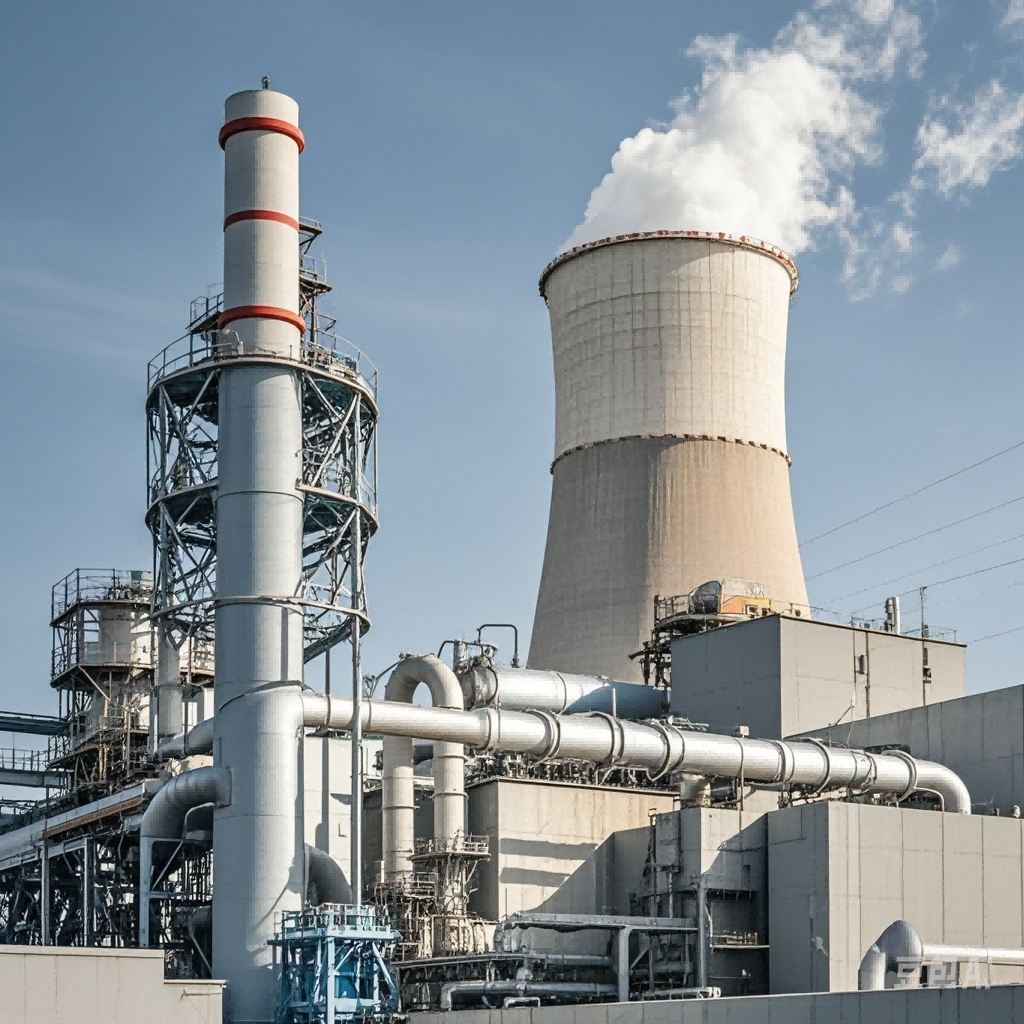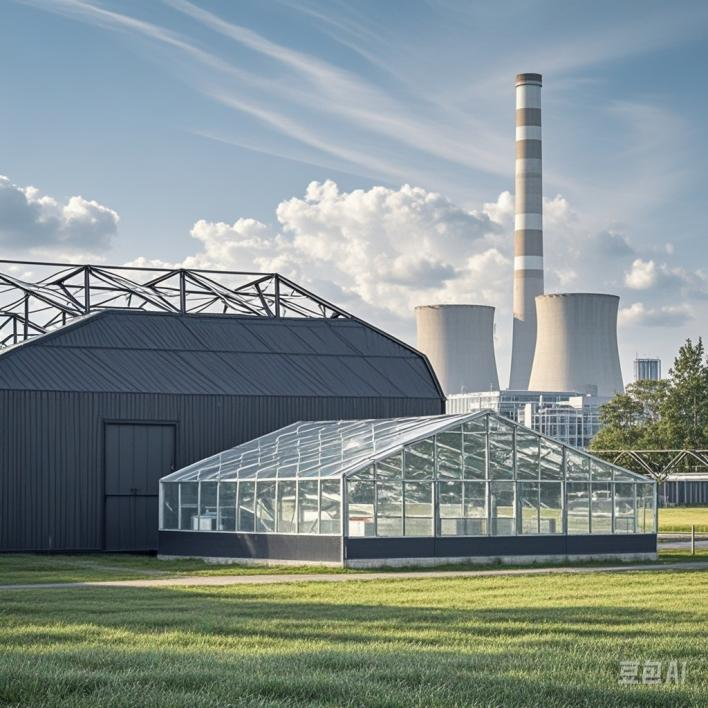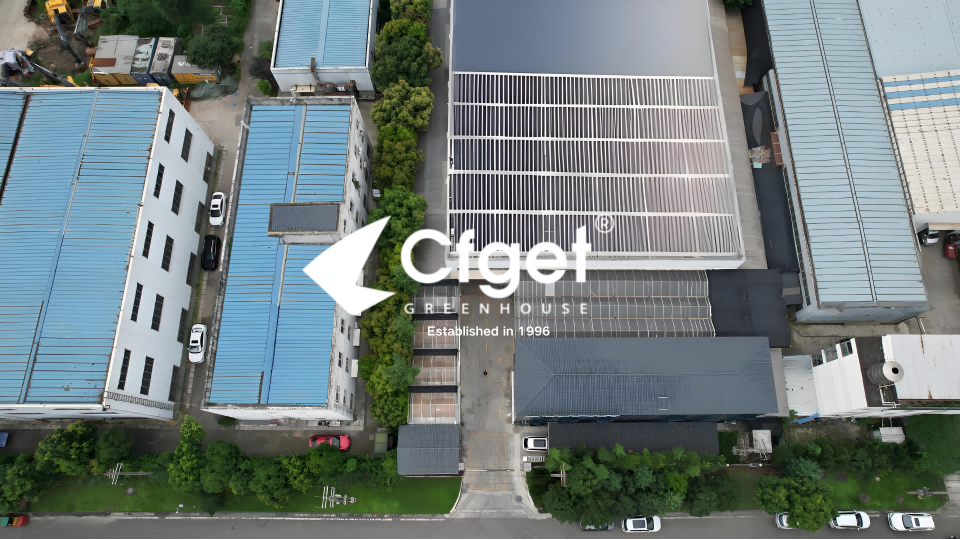In recent years, the progress of agriculture has slowed down. This isn't just due to rising construction costs, but also the large energy costs involved in operating greenhouses. Could building greenhouses next to large power plants be an innovative solution? Let’s explore this idea further today.
1. Using Waste Heat from Power Plants
Power plants, especially those that burn fossil fuels, produce a lot of waste heat during electricity generation. Usually, this heat is released into the atmosphere or nearby water bodies, causing thermal pollution. However, if greenhouses are located near power plants, they can capture and use this waste heat for temperature control. This can bring the following benefits:
● Lower heating costs: Heating is one of the biggest expenses in greenhouse operations, especially in colder climates. By using waste heat from power plants, greenhouses can reduce reliance on external energy sources and significantly cut operational costs.

● Extend the growing season: With a stable supply of heat, greenhouses can maintain optimal growing conditions yearround, leading to higher yields and a more consistent production cycle.
● Reduce carbon footprint: By effectively using heat that would otherwise be wasted, greenhouses can lower their overall carbon emissions and contribute to a more sustainable agricultural model.
2. Using Carbon Dioxide to Boost Plant Growth
Another byproduct of power plants is carbon dioxide (CO2), a major greenhouse gas that contributes to global warming when released into the atmosphere in large quantities. However, for plants in greenhouses, CO2 is a valuable resource because it is used during photosynthesis to produce oxygen and biomass. Placing greenhouses near power plants offers several advantages:
● Recycle CO2 emissions: Greenhouses can capture CO2 from the power plants and introduce it into the greenhouse environment, which enhances plant growth, especially for crops like tomatoes and cucumbers that thrive in higher CO2 concentrations.
● Reduce environmental impact: By capturing and reusing CO2, greenhouses help reduce the amount of this gas released into the atmosphere, playing an important role in environmental protection.
3. Direct Use of Renewable Energy
Many modern power plants, especially those that use solar, wind, or geothermal energy, produce clean energy. This aligns well with the goals of sustainable greenhouse farming. Building greenhouses near these power plants creates the following opportunities:
● Direct use of renewable energy: Greenhouses can directly connect to the power plant's renewable energy grid, ensuring that lighting, water pumping, and climate control are powered by clean energy.
● Energy storage solutions: Greenhouses can serve as an energy buffer. During peak energy production times, excess energy can be stored and used later by the greenhouse, ensuring balanced and efficient energy use.

4. Economic and Environmental Synergies
Building greenhouses next to power plants brings both economic and environmental benefits. The synergy between these two sectors can result in:
● Lower energy costs for greenhouses: Since greenhouses are close to the energy source, electricity rates are generally lower, making agricultural production more costeffective.
● Reduced energy transmission losses: Energy is often lost when transmitted from power plants to distant users. Locating greenhouses near power plants reduces these losses and improves energy efficiency.
● Job creation: The collaborative construction and operation of greenhouses and power plants can create new jobs in both agriculture and energy sectors, boosting local economies.
5. Case Studies and Future Potential
“Wageningen University & Research, "Greenhouse Climate Innovation Project," 2019.”In the Netherlands, some greenhouses already use waste heat from local power plants for heating, while also benefiting from CO2 fertilization techniques to increase crop yields. These projects have demonstrated the dual benefits of energy savings and increased productivity.
Looking ahead, as more countries transition to renewable energy sources, the potential to combine greenhouses with solar, geothermal, and other green power plants will grow. This setup will encourage deeper integration of agriculture and energy, providing new solutions for global sustainable development.
Building greenhouses next to power plants is an innovative solution that balances energy efficiency and environmental protection. By capturing waste heat, utilizing CO2, and integrating renewable energy, this model optimizes energy use and provides a sustainable path for agriculture. As the demand for food continues to rise, this kind of innovation will play a key role in addressing energy and environmental challenges. Chengfei Greenhouse is committed to exploring and implementing such innovative solutions to promote green agriculture and efficient energy use for the future.

Welcome to have a further discussion with us.
Email: info@cfgreenhouse.com
Phone: (0086) 13980608118
· #Greenhouses
· #WasteHeatUtilization
· #CarbonDioxideRecycling
· #RenewableEnergy
· #SustainableAgriculture
· #EnergyEfficiency
Post time: Sep-26-2024







 Click to Chat
Click to Chat